Tang (堂) is a character that first appeared in the Jin script of the Western Zhou Dynasty, originally meaning a square ground built by humans or the foundation of a house ( Shangshu. Daicao ). Tang also refers to the front hall of the palace, where the king manages ( Shijing. Tangfeng.Tatsua ) or a house used for collective activities; or a place where the court holds ceremonies, works or judges ( Luanxing. Wang Chong's Objects of the Han Dynasty).
In addition, this word is also used as a respectful way to address another person's mother, for example, "lenh duong" (his mother), "ton duong" (his mother) or used to call a store name or to indicate a kinship relationship, in the same clan but not direct relatives, such as "dong duong huynh de" or "duong huynh de" (uncles and brothers), "tung duong" (brothers from the same ancestor)...
Huang (皇) is a character that first appeared in Shang Dynasty oracle bone script. The ancient shape of Huang resembles the flame of a torch. Perhaps because ancient people worshiped fire, "huang" means noble, or solemn and great. In ancient books, "huang" is also a word used to refer to gods, ancestors, especially ancient emperors.
Besides, "hoang" also means big, majestic ( Thi Kinh. Dai Nha. Hoang Hi ); brilliant, magnificent ( Thi Kinh. Tieu Nha. Thai Khi ); beautiful ( Thi Kinh. Chu Tung. Than Cong ) and many other meanings.
The word "duong" (堂皇) is also written as "dang hoang" (堂), because the word "duong" (堂) has the phonetic pronunciation "dong lang" ( Kangxi Dictionary) and "tu lang" (Shuowen Giai Tu ). Both of these phonetics have the Sino-Vietnamese pronunciation "dang". However, because the Kangxi Dictionary annotates "dong lang" as "duong", there are currently two ways of writing mentioned above.
The word "duong hoang" (堂皇) may have originated in the Han Dynasty. It was originally used to refer to a large palace ( Xijing Zaji , vol. 3), and this meaning was still used in the Tang Dynasty. During the Song Dynasty, "duong hoang" was used to describe the grandeur and splendor of architecture ( Gangduye by Ai Qing) or in elegant writing, such as "phu le duong hoang", meaning majestic and magnificent - an idiom originating from the book "Nhi nu anh hung truyen" by Wen Kang of the Qing Dynasty or "duong hoang nhi nghi" - a phrase describing majesty and grandeur.
During the Ming and Qing dynasties, people also used the word "duong hoang" to praise the beauty of architecture, the elegance of objects, or the workplace of officials ( Han Shu. Hu Jian Zhuan ). This word also describes arrogance ( Yen chi huyet dan tu by Khap Hong of the Qing dynasty) or words and actions that are solemn on the outside but are actually false on the inside ( Quan truong hinh ki of the Qing dynasty).
In general, in ancient times, our country used the word " duong hoang" (堂皇) according to the meanings in Chinese mentioned above. However, since the 19th century at the latest, the two words "duong hoang" and "dang hoang" have changed their meanings according to the Vietnamese understanding. "Duong-hoang" is understood as "straightforward, not hiding", for example, "duong-hoang" person, "duong-hoang" gesture ( Vietnamese Dictionary (1970) , volume 1, p. 507). This is also the meaning in the Vietnamese Dictionary (1988) edited by Hoang Phe. In addition, on page 305, this dictionary also explains "duong hoang" as being complete in material things ( duong hoang houses) or eligible worth be respected ( spoken properly )…
Source: https://thanhnien.vn/duong-hoang-hay-dang-hoang-185251031205115019.htm


![[Photo] Prime Minister Pham Minh Chinh chairs the second meeting of the Steering Committee on private economic development.](https://vphoto.vietnam.vn/thumb/1200x675/vietnam/resource/IMAGE/2025/11/01/1762006716873_dsc-9145-jpg.webp)
























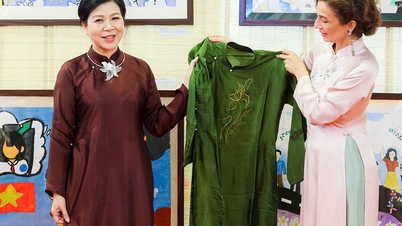








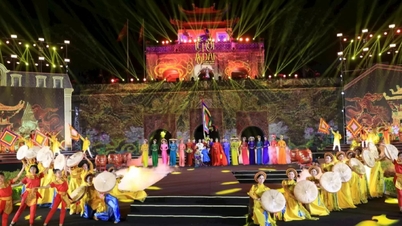












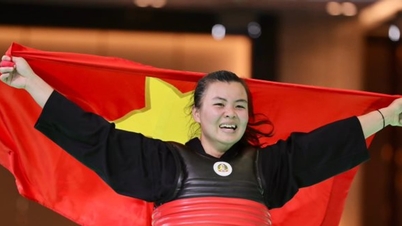

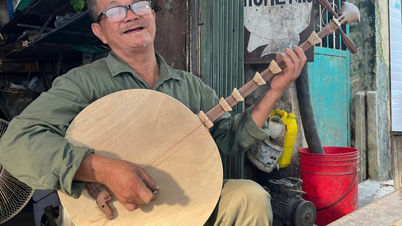





















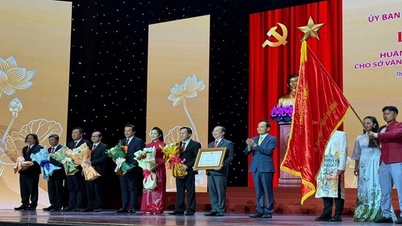


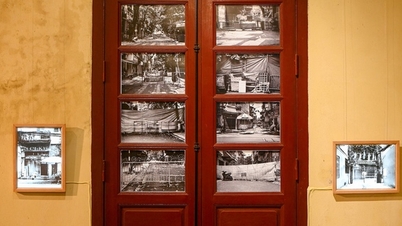


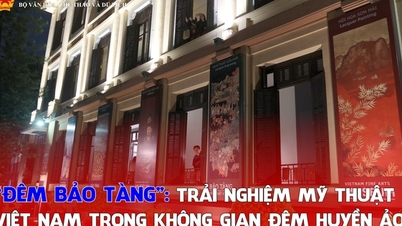























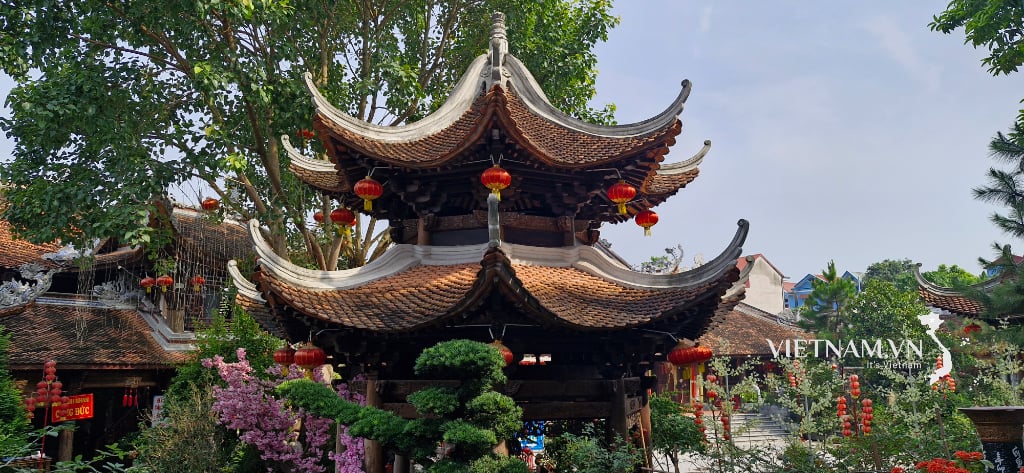

Comment (0)